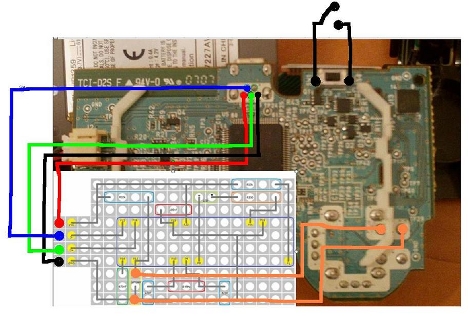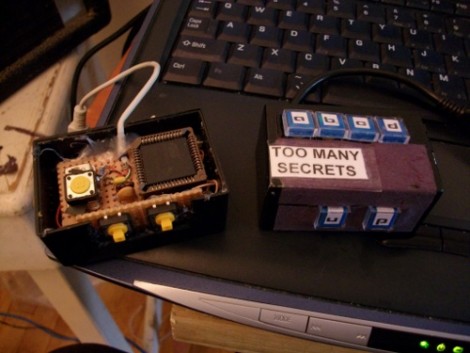
We often hear people touting the evilness of DRM, but usually they are talking about the idea of ownership. In this case, DRM is actually causing harm. It turns out that Microsoft’s msnetobj.dll, which is supposed to enforce DRM on your computer, stopping you from doing certain things like saving files you don’t “own” is open to 3 attacks. Vulnerable to buffer overflow, integer overflow, and denial of service, this sucker is riddled with issues.
The vulnerabilities in this file aren’t groundbreaking. Buffer overflow is a common method to get to many systems. The problem here, according to some commenters at BoingBoing, is the fact that this DLL is called every time you open a media file.
[via BoingBoing]














